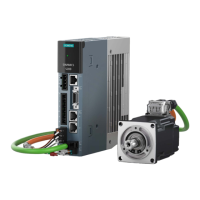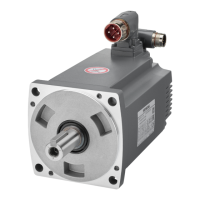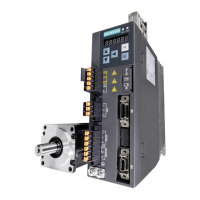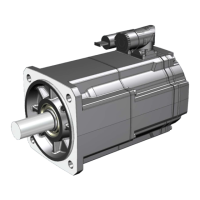([SODQDWLRQRIWKH
PHVVDJHYDOXH
$FNQRZOHGJPHQW
5HVSRQVH
&RPSRQHQW
9DULDQW
0HVVDJHYDOXH
0HVVDJHFODVV
'HVFULSWLRQRISRVVLEOHUHPHGLHV5HPHG\
,QIRUPDWLRQDERXWIDXOWDQGDODUPYDOXHVRS
WLRQDO
)DXOWYDOXHULQWHUSUHWIRUPDW!RUD
ODUPYDOXHULQWHUSUHWIRUPDW!RSWLRQDO
'HVFULSWLRQRISRVVLEOHFDXVHV&DXVH
)RU
9DOXH&DXVH5HPHG\
)DXOWFDXVHIRUYDOXH 5HPHG\IRUYDOXH
5HPHG\IRUYDOXH )DXOWFDXVHIRUYDOXH
+DUGZDUHFRPSRQHQW
3URGXFWYDULDQW
&RPSRQHQWQXPEHUIDXOWFDXVH
7H[WRIWKHPHVVDJHFODVVQXPEHUDFFRUGLQJWR352),GULYH
121(
)DXOWORFDWLRQRSWLRQDO1DPH
32:(521
)[[[[[
Description of function
Fault location (optional): Name
The fault location (op
tional), the name of the fault or alarm and the message number are all
used to identify the message (e.g. with the commissioning software).
Message class
Every message is assigned a message class using the following structure:
Text of the message class (number according to PROFIdrive)
The message classes are transferred at dierent interfaces to higher-level control systems and
their associated display and operating units.
The message classes that are available are listed in the following table. In addition to the text
of the message class and its number according to PROFIdrive – as well as a brief help text
regarding the cause and remedy – they also include information about the various diagnostic
interfaces:
• PN (hex)
Species the "Channel error type" of the PROFINET channel diagnostics.
When activating the channel diagnostics, using the GSDML le, the texts listed in the table
can be displayed.
• DS1 (dec)
Species the bit number in data set DS1 of the diagnostic alarm for SIMATIC S7.
When the diagnostic alarms are activated, the texts listed in the table can be displayed.
System messages
12.3Faults and alarms
SINAMICS S200 PROFINET servo drive system with SIMOTICS S-1FL2
Operating Instructions, 11/2023, FW V6.3, A5E51646752B AB 431
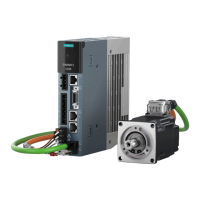
